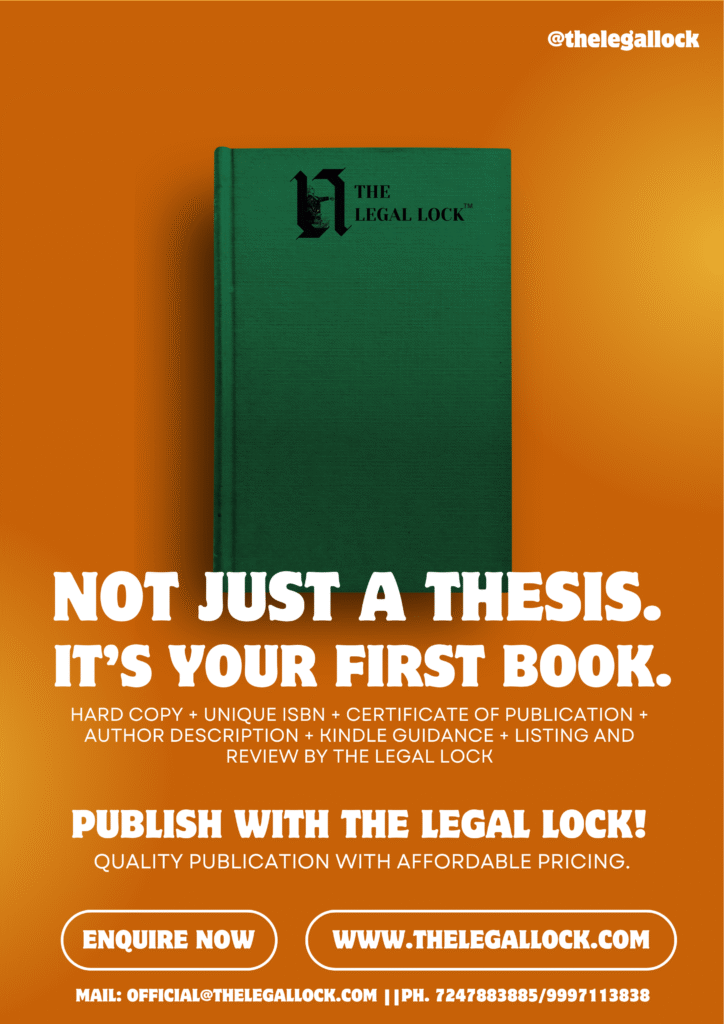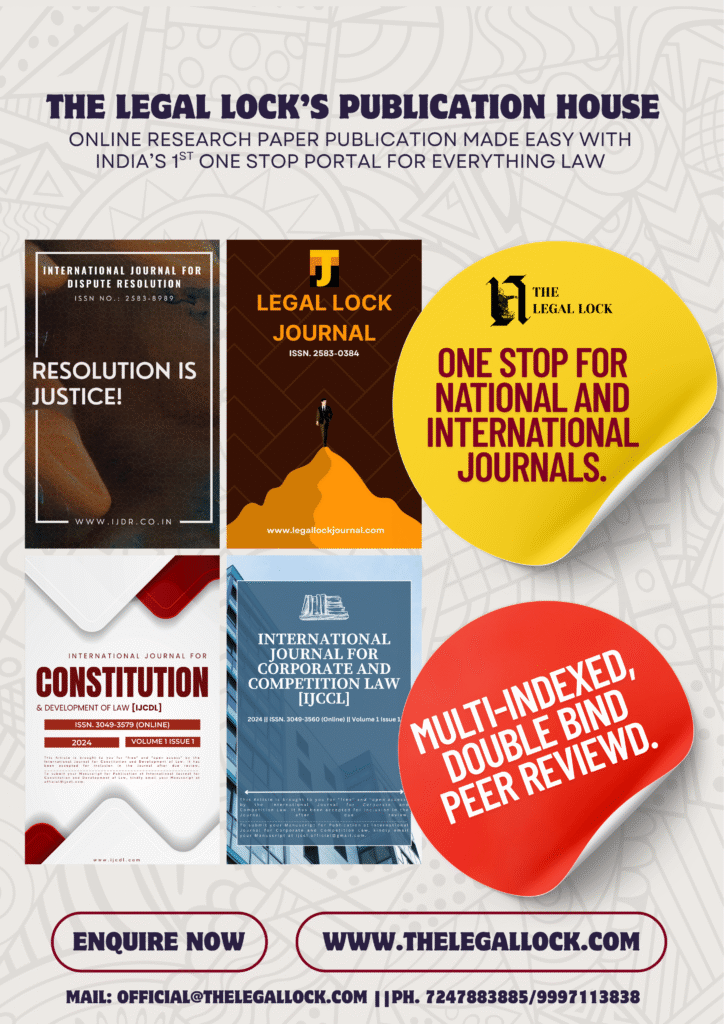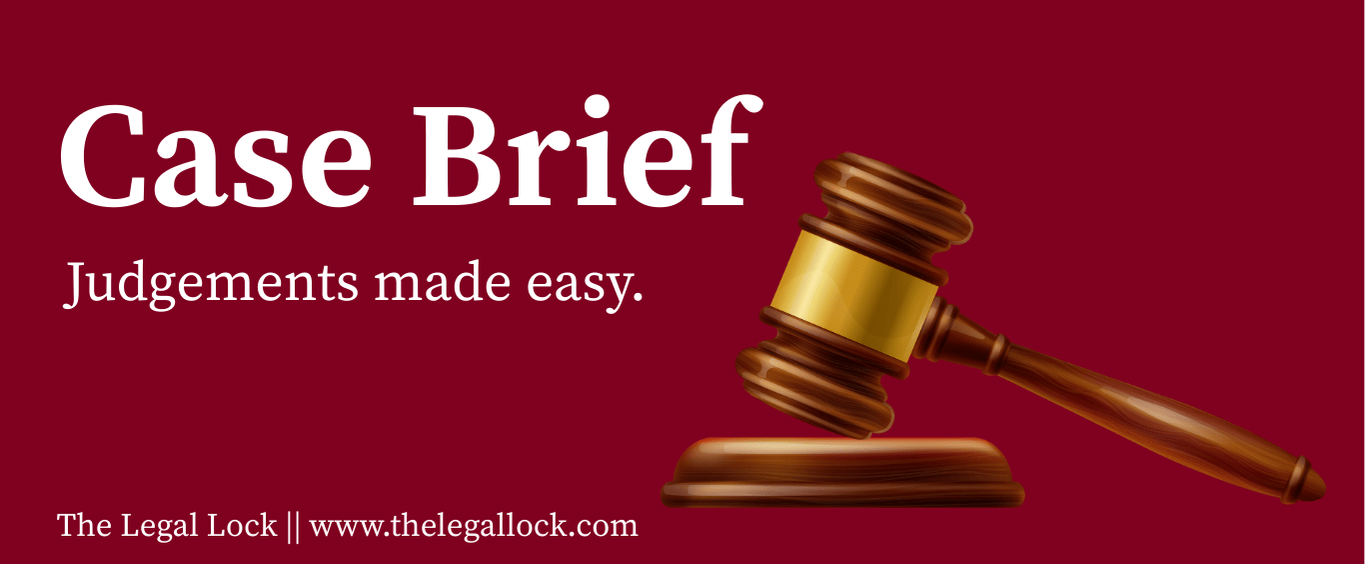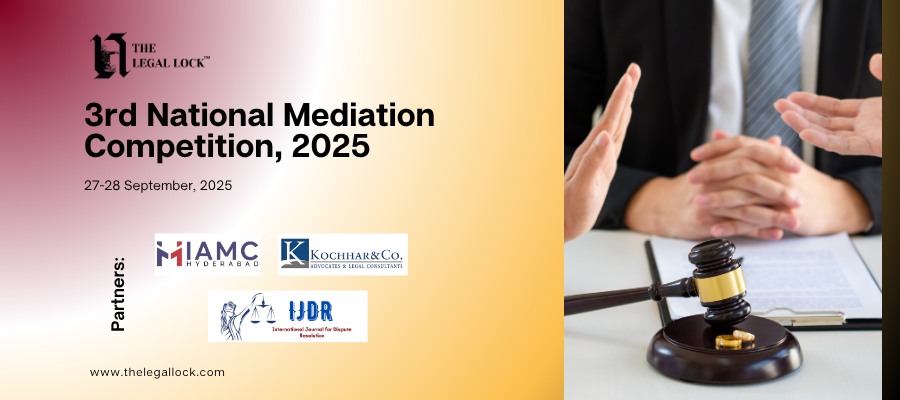| CASE NAME | Minerva Mills v UOI |
| CASE NAME (also known as) | The fundamental rights case |
| CITATION | 1980 AIR 1789, 1981 SCR(1) 206, (1980)2SCC591, MANU/SC/0075/1980 |
| COURT | In the Supreme Court of India |
| Bench | Chandrachud, Y.V. ((Cj), Bhagwati, P.N., Gupta, A.C., Untwalia, N.L., Kailasam, P.S. |
| Date of Decision | 31 July, 1980 |
INTRODUCTION
Minerva Mills vs Union of India is a landmark case in Indian legal history, that has played a major role in shaping the doctrine of basic structure of the constitution. There exists a system of checks and balances among the three organs of the government, however, it is observed that the executive and legislature many times have tried to expand their powers even above the constitution which has resulted in the infringement of the rights of the public, here the judiciary steps in for the protection of these rights, an amazing example of this scenario is the case- Minerva Mills v UOI.
This decision is very important because it solidified the idea of the basic structure by supporting the judiciary’s position that the “core structure of the constitution cannot be amended.” The ruling in this case demonstrated the vital interaction between the directive principles of state policy and fundamental rights, and it helped to rebuild public trust in the judiciary.
The case emphasised the need for a careful balance between the legislative, executive, and judicial departments of government, as well as the judiciary’s responsibility in limiting the other branches’ potential for abuse. The Minerva Mills case originated from a broader discussion centred on the Constitution’s contradictory Article 13 and Article 368 provisions about Parliament’s ability to modify fundamental rights. The Minerva Mills ruling established a precedent for cases to come and had a major impact on how the basic structure was interpreted.
FACTS
In 1970, Minerva Mills Ltd., a textile factory in Bengaluru, Karnataka, came under official inspection after its output levels significantly dropped. In response, a committee was formed by the Central Government to look into the problems of Minerva Mills under Section 15 of the Industries (Development & Regulation) Act, 1951. Following the committee’s October 1971 report submission to the Central Government, Minerva Mills was labelled a “sick enterprise” by the government, which also took over the company’s administration. The Sick Textile Undertakings (Nationalisation) Act, 1974 and Section 18A of the Industries (Development & Regulation) Act, 1951 allowed the National Textile Corporation Ltd. to take over Minerva Mills in the event of accused mismanagement.
Through the 39th Amendment Act, Minerva Mills’ nationalisation was incorporated in the Constitution’s ninth schedule, making it immune from judicial review. The 42nd Constitutional Amendment Act, 1976 was passed by the Parliament in response to a defeat in the Indira Gandhi v. Raj Narain case. This amendment changed Article 31C through Section 4 and Article 368 of the Indian Constitution by Section 55. Laws enforcing directive principles were effectively protected from being challenged on the grounds of their conflict with fundamental rights by amendment under Article 31C.
Minerva Mills Ltd. and its owners were among the petitioners who filed a writ petition under Article 32 of the Indian Constitution with the Supreme Court in reaction to these constitutional modifications and the acquisition of Minerva Mills. The petitioners challenged the constitutionality and validity of various provisions, including section 4 and 55 of the 42nd Constitutional Amendment Act, the order of the Central Government authorizing takeover, and certain sections of the Sick Textile Undertakings (Nationalisation) Act, 1974. The petitioners sought relief against the primacy given to the Directive Principles of State Policy over fundamental rights.
ISSUES
- Whether Article 368 limits Parliament’s ability to alter sections 4 and 55 (4), (5) of the 42nd Amendment Act, 1976.
- Should the Fundamental Rights take a backseat to the Directive Principles of State Policy?
ARGUMENTS
- Arguments by the petitioners
- The petitioner argued that the laws aiming to achieve the goals of the enshrined in the Directive Principles of State Policy should not infringe the fundamental rights. They stated that while the state must enact legislations that are centred around the directive principles, however it cannot compromise the fundamental rights guaranteed by the constitution and that a healthy relationship must exist between DPSP and fundamental rights for the appropriate functioning of the constitution.
- The petitioners raised concerns over the restrictions on judicial review on Section 4, and that it undermined the basic structure which included judicial review. They stated that a system of checks and balances is necessary for the proper functioning of democracy.
- The petitioner also argued that the Parliament does not possess absolute authority when it comes to amending the Constitution. Article 368, which grants the Parliament the power to amend the constitution comes with certain reasonable restrictions, that states that the basic structure of the Constitution must not be amended.
- The petitioner expressed concerns that the Indian Constitution’s Articles 19 and 14 might be impacted if Directive Principles were granted immunity. It was argued that for DPSP to take precedence over Fundamental Rights would break the delicate balance that the framers of the Constitution intended.
- Arguments by the Respondents
- It was argued that Parliament’s powers must be paramount and that its amendment authority should not be restricted in order to achieve the objectives set forth in the Directive Principles.
- According to the respondents, there is no violation of the basic structure doctrine when harm is done to Fundamental Rights in the pursuit of Directive Principles.
DECISION
Important guidelines were established by the majority decision, which was presented by Justice Chandrachud on behalf of Justices A.C. Gupta, N.L. Untwalia, and P.S. Kailasam. First off, it emphasized that any changes to the constitution by an amendment must not harm the basic structure and until the parliament abides by this doctrine, it has absolute power to amend the constitution. The argument against the unrestricted amendment power of the Parliament was that it may erode democratic values and perhaps result in the establishment of an authoritarian state.
Interestingly, Article 368’s Clause (5) was declared unconstitutional;l since it endangered the fundamental framework. The majority view on Article 31C emphasised that the basic structure of the Constitution would be threatened if Part IV of the Constitution were to subvert Part III. It emphasised that Part III of the Constitution should not be nullified in order to achieve the aims set forth in Part IV. Additionally, the majority view emphasised the need to protect the fundamental rights guaranteed by Articles 19 and 14, claiming that Article 31C had eliminated two of the triangle’s sides (Articles 19, 14, and 21), resulting in significant injury.
On the other hand, Justice Bhagwati’s dissenting opinion agreed with the majority that Section 55 of the 42nd Constitutional Amendment Act, 1976, should be repealed. Justice Bhagwati said that the Constitution’s basic features are essential, claiming that Article 368’s Clause (4) violated two of those aspects: the Parliament’s restricted ability to change the document and the limitation on judicial review. Furthermore, he declared Clause (5) to be unconstitutional, finding that it made the constitution an unrestrained entity. In its ruling on July 31, 1980, the Supreme Court declared that Sections 4 and 55 of the 42nd Amendment Act, 1976, were invalid.
At the same time, the writ petition contesting the legality of the Nationalisation Act, 1974’s Sections 5(b), 19(3), 21, 25, and 27 was denied. The Court ruled that the 1976 42nd Amendment Act’s additions to Article 368, including Clauses (4) and (5), were invalid and unconstitutional. The decision made clear that although Parliament can still change the Constitution, the basic structure cannot be jeopardised. It also underlined how important it is that Directive Principles and Fundamental Rights coexist.
ANALYSIS
A landmark case in independent India’s constitutional history, the Minerva Mills case shows how carefully the Directive Principles of State Policy (DPSP) and Fundamental Rights must be balanced. The Supreme Court’s dedication to maintaining the constitutional framework is demonstrated by its insightful decision to uphold Article 368 clauses (4) and (5) while invalidating the 42nd Amendment Act’s exploitative provisions. Sections 4 and 55 of the 42nd Amendment Act attempted to modify the fundamental framework of the Constitution.
The Court’s decisive ruling that these clauses were unconstitutional was both a response to an immediate violation and a proactive measure to prevent further intrusions on the fundamental principles of the Constitution. The Minerva Mills judgement is significant not only because of its immediate effects but also because it will have a long-lasting impact on the interpretation and preservation of the basic structure doctrine. The Court’s unwavering affirmation of the primacy of the fundamental principles of the Constitution established a crucial precedent for the defence of Fundamental Rights and the preservation of harmony between Part III and Part IV of the Constitution.
Essentially, the ruling strengthened the foundation of the constitution by prohibiting any weakening of fundamental rights in the name of pursuing Directive Principles. The Court did a great job of protecting the Constitution from future attacks. The ruling not only created a precedent for future cases with comparable constitutional complexities, but it also reinforced the basic structure doctrine.
The Minerva Mills case made clear the limits of legislative authority and the inviolability of the fundamental provisions of the Constitution, but it also made clear how crucial judicial vigilance is to maintaining the delicate balance between conflicting constitutional responsibilities. Therefore, the case serves as evidence of the judiciary’s dedication to maintaining the spirit of the constitution and making sure that Directive Principles and Fundamental Rights live peacefully in the changing context of India’s democratic administration.









